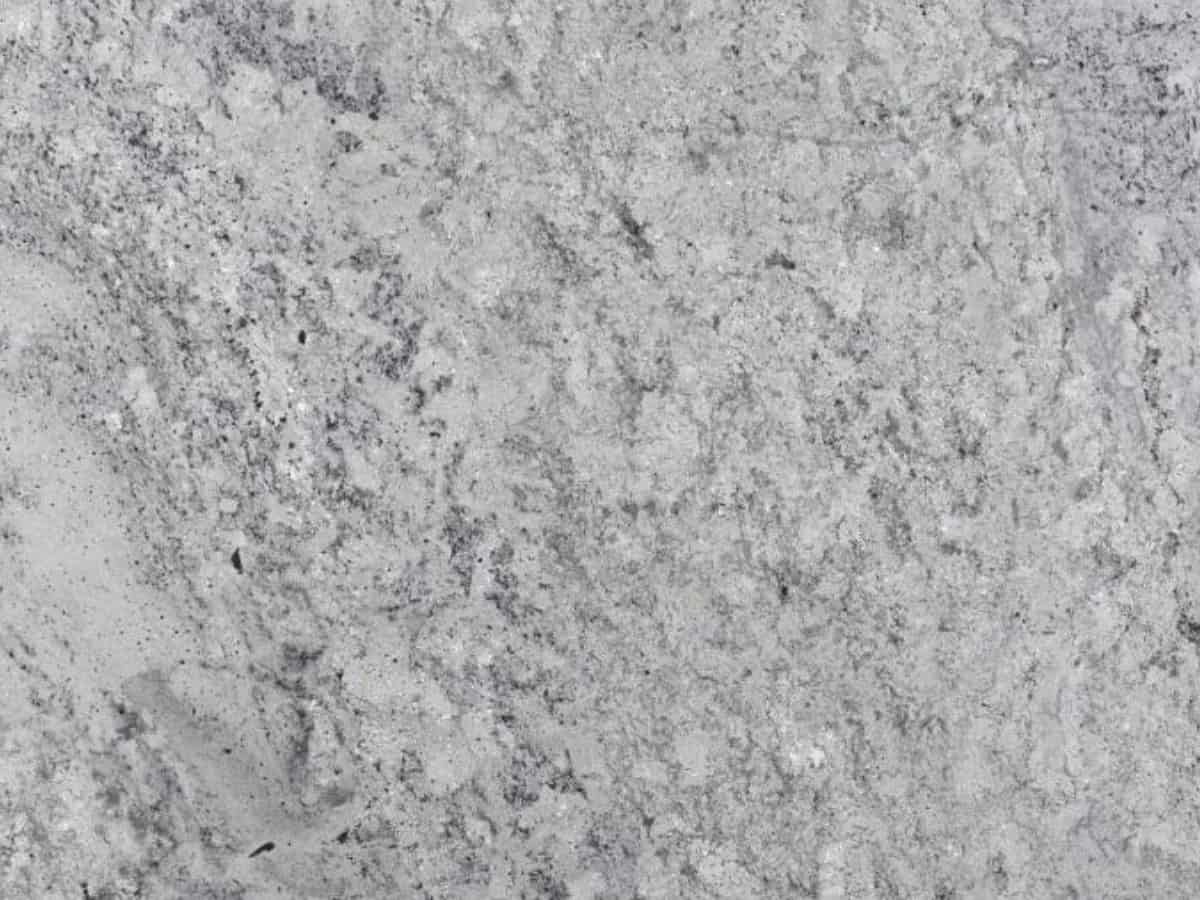Granite is a popular choice among countertop materials due to its amazing durability and visual allure. The process of turning it into countertops is very intricate and demands a lot of skill and experience. Keep reading to discover the comprehensive journey of how granite countertops are made.
How is granite made into slabs?
Before granite is made into countertops, it is made into slabs that are more manageable to fabricate. These are the necessary steps to make granite slabs.
Quarrying of the block
Quarrying the block of granite is the first step in transforming the raw version of granite into the beautiful countertops we know and love.
The first step of this process is identifying the granite deposit area. This is determined by geologists and experts in the mining industry who assess the granite to ensure that it meets the standards of quality, color, and composition.
After the site is chosen, the necessary structure to extract the block is established. Holes are drilled into the rock with equipment that is specialized for this process, then the granite is blasted so that it is in moveable chunks that are later extracted using heavy machinery.

Transportation
After the blocks are extracted from the quarry, they are transported to facilities that deal with the fabrication and cutting them into smaller slabs. This is achieved through moving these extremely large and heavy blocks carefully.
First, they are loaded into vehicles that are big enough to hold them such as trucks. Shifting during transportation can cause harm to the stone, therefore they are carefully secured in the vehicle to ensure that they arrive safely. The vehicles are equipped with measures that are designed to absorb shocks and vibrations to reduce the risk to as low as possible.
Cutting into slabs
Before cutting the slabs, expert technicians inspect the blocks to determine if there is any damage or irregularities.
Then, they use that information and other findings from the inspection to carefully plan the cutting of the slabs. This is to maximize the yield gained from the block. They are cut with special equipment such as diamond saws, following the lines that are made by the technician.
After the granite slabs are cut into desired dimensions, there will be quite a bit of granite waste left behind. This can be in the form of granite dust or just irregular pieces of granite that weren’t included in the slab. They can recycled or ground down to smaller particles to use for other purposes.
How Granite Countertops Are Made? (Step by Step)
Polishing the surface
Polishing the surface is an essential part of the creation of granite counters. This will enhance the beauty of the natural stone.
Before the polishing, the slabs are thoroughly cleaned so that any dust particles can be removed. They are then sanded down so that the surface is smooth and primed for the polish using diamond pads. They go through the sanding process with increasingly finer grit diamond pads to achieve a surface that is as smooth as possible.
As the friction created by the pads can cause overheating, water is often used to cool the abrasive tool, thus reducing the risk of heat damage.
Edge profiles
Edge profiles are an important part of the countertop creation process as they will give the countertops a finished look and enhance the composition. During this step, the edges of the slab are shaped into various designs depending on the desired outcome.
This can include a more minimal design such as a straight edge or beveled edge. On the other hand, more ornate options such as Ogee Edge or the Dupont will pair well with traditional kitchens. The edge profile isn’t only significant for the aesthetic appearance of the countertops, it also has a functional purpose.
For example, edges with less detailing will be easier to clean. Furthermore, softer and curvier edges will be more comfortable to lean on them angular ones.
Cutting to the necessary measurement
At this point, granite slabs are in a manageable size to ensure that steps such as polishing and detailing can be accomplished. Now, it is time to cut them into precise measurements so that they can be turned into countertops that will fit into the customer’s home.
Before they are cut, a template is created to ensure that the measurements are correct. Moreover, they make transferring the measurements on the slab easier. After the measurements are double-checked and confirmed, the slab is cut into the desired measurements, commonly with diamond saws.
Sealing
As granite is a natural stone, it has a porous structure. This means that the stone has tiny holes all over the surface that can house bacteria. Similarly, food and drink particles that get into these holes can cause staining as they are impossible to fully clean.
To ensure resistance to stains and bacteria, the countertops are sealed so that there is a protective barrier on them. Before the sealant is applied, the surface is cleaned to get rid of any potential dust or debris. Afterward, the surface is dried and the sealant is applied in a thin coat. If there is any excess it is wiped away and the sealant is left to cure.
Quality control
Quality control is a step that is executed throughout this process from quarrying to fabrication. At every step of the way, experienced technicians ensure the structural integrity of the granite.
However, the most important quality control happens before the product is delivered to the customer. The quality control covers different aspects such as visual inspection to check if there are any noticeable imperfections or unevenness, to checking the width, length, and thickness measurements so that they fit the customer’s order.
After the general measurements of the countertops are confirmed to be true, the measurements of the hole for the sink, appliance cutouts, or other fixtures are also confirmed.
Installation
After the slab is measured, cut, detailed, and sealed, it is ready for installation. Granite is a very dense and heavy material, therefore the installation should be done by professionals who know how to correctly handle the stone.
The countertops get placed where they will be installed for dry fitting. This is done without applying the adhesive to confirm the accuracy, on-site adjustments can be necessary depending on the structure of where they are going to be installed. Then the adhesive is applied to secure the countertops and the countertops are perfectly leveled using necessary tools.
The countertops are thoroughly inspected to ensure they are safely installed and meet quality standards. After the installation is complete, a walkthrough with the customer is conducted to address any questions or concerns.
In conclusion, the journey that granite goes through from being a solid block deep within the earth to a gorgeous and functional countertop is carefully planned and executed. Each step of the process cannot be accomplished without a lot of skill and attention to detail. The result is a marvelous demonstration of craftsmanship and precision.


